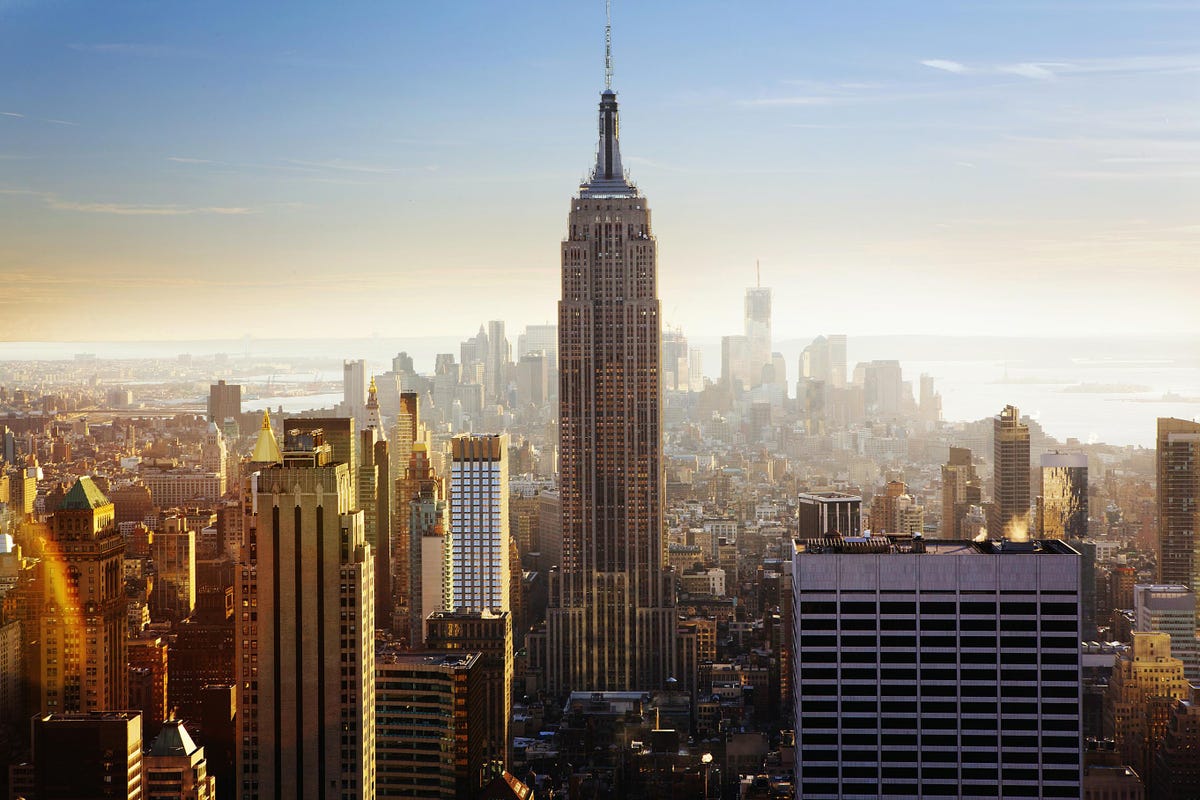
Multifamily housing helped to buoy NYC’s real estate market.
Despite all the excitement around the diversification of the New York City real estate market, including the rapid expansion of industrial, logistics, life sciences and new technologies markets, the recent evolution of the city’s multifamily market ultimately drove 2021 to a turning point for growth in the industry. There are a few reasons why the multifamily market in New York City has been so robust in the past year and why it continues to be a popular market for both investors and lenders to participate in.
Demand for Multifamily and Affordable Housing is Soaring
Some may have worried that the pandemic would change NYC for good as many left the city during lockdowns for locations with more outdoor space and less dense population, but this trend has not persisted. Per APA research, migration to NYC is at twice the rate now compared to 2019, spurred in part by the increased vacancies during the height of the lockdown. However, when looking at this year’s trends there has been a 42 percent increase in multifamily transaction volume, an 83 percent increase in building volume and a 10 percent increase in dollar volume in Q3 2021 when compared to Q3 2020. Market confidence should remain as rent prices continue their rise from the lows seen in 2020 and renters return in droves.
Affordable housing has also seen an increase in demand. Areas of New York City that historically haven’t seen investment are now benefiting from an uptick in activity. Queens, which has the fewest multifamily buildings of the boroughs, has seen multiple affordable housing developments secure tens of millions of dollars in financing, including a planned 233-unit project in Jamaica. This development momentum signals that the area is a potential hub for more affordable housing in the near future.
Consider the Bronx multifamily market as well, which saw a 135 percent increase in building volume, a 273 percent increase in dollar volume and a 43 percent increase in transaction volume from Q3 2020 to Q3 2021, per Ariel Property Advisors’ proprietary research, which highlights the thriving market trends for new housing and investment.
The 2021 uptick in affordable transactions did not slow down through the end of the year. In fact, the largest affordable deal in New York city happened late in Q4. The acquisition was a 28 building portfolio consisting of 2.3 million square feet and 1,904-units in the Bronx for $350 million. Berkadia and Deutsche Bank provided financing on the acquisition. While the buyer will improve the properties, it will also preserve their affordability, which is a telling strategy regarding the potential investors are seeing in the need for workforce and affordable housing right now.
MORE FOR YOU
“Even with the volatility of the pandemic, the stable cash flow of affordable properties is very attractive. We have strong indications that as the market recovers there will be more opportunities in the affordable space for New York City in 2022” said Victor Sozio, Executive Vice President, Ariel Property Advisors, who was one of the brokers involved in the Bronx deal, as well as in a recent $43 million acquisition of a rent-stabilized building at 1965 Lafayette Ave., also in the Bronx.
Rise in Development
To meet this demand for affordable and multifamily housing, development has seen increased investment and activity in recent months. As an example of this trend, in July of this year, 8 of the 10 largest new project filings were multifamily development. These filings totaled nearly 2,500 units, per Department of Buildings records, and were spread out among the boroughs, including four in Manhattan alone.
This includes, among other notable projects, a 62-story residential tower in the Two Bridges neighborhood, a 33-story 465-unit building in Downtown Brooklyn, and an 8-story 147-unit building in Queens. What’s clear is that high rental demand, combined with strong, consistent investment and lending, has led to a marked increase in development in New York City boroughs.
As other markets, namely the life sciences, medical offices and industrial sectors of the real estate market continue to grow, the multifamily market stands to continue in its place as a leading and influential portion of the CRE industry. With lenders and investors confident in the future, the market should only continue to thrive and provide potential buyers, renters and developers with ample opportunities throughout NYC.







